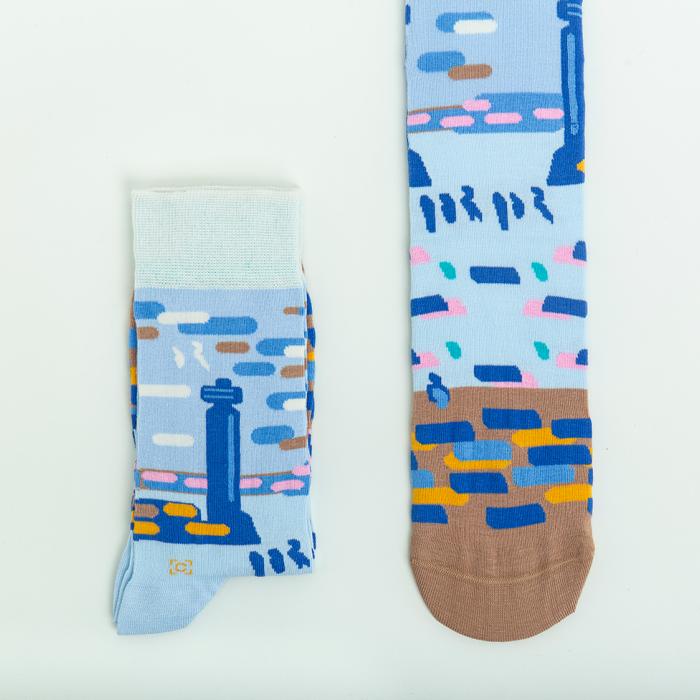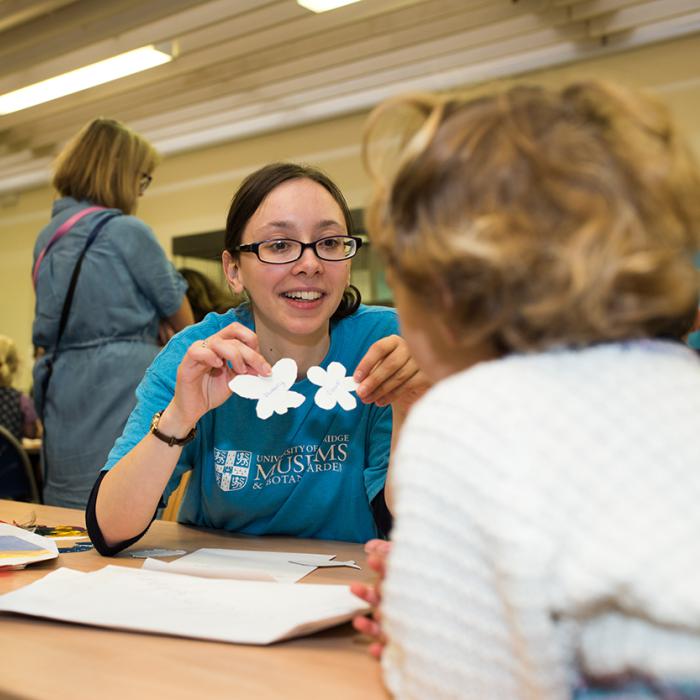Travelling back in time you will discover that the borders of the tropical region have been dynamic throughout the history of life on Earth with clues that have allowed us to understand the extent of the tropical belt, with a focus on the fossil record. You will then study current patterns of geographic distribution of plant diversity on Earth – discovering that it is not homogeneous, but dramatically different between continents.
Session1: Wed 8 Feb, Session 2: Wed 15 Feb, Session 3: Wed 22 Feb
Take an everyday vegetable, and turn it into a lovely botanical illustration. Using a small palette of coloured pencils Janie will guide you through the stages to make your piece of artwork amazingly realistic. You will be sent an image in advance, so that you’re ready to colour as soon as the course begins. Full instructions on how to do this and a kit of everything you will need will be posted to you.
On this one day course Mark Crouch, Garden Landscapes Team Leader, will provide basic guidance on the routine summer pruning of common garden trees, shrubs and climbers. Mark will use a combination of illustrated talks and practical demonstrations to show why we prune trees, shrubs and climbers, and what pruning can achieve. You will also have an opportunity to practice your pruning skills. He will also provide advice on caring for trees, shrubs and climbers and coping with common pests and diseases.
The eighteenth-century landscape garden is frequently hailed as being Britain’s greatest contribution to European culture. Its seductively simple formula made famous by Capability Brown, combined elegance with economic viability, and triumphed over the fashion for French formalism. Its genesis, however, was far from serene.
- Read more about ONLINE COURSE Three wild flowers of the month: Identification and folklore – January
Travelling through the seasons we will explore the history, folklore and culture of three wild plants in bloom (or at least in foliage!) that month. The session will encourage you to search out plants in all seasons and enjoy the history in folklore and culture, and their use for medicines, cooking as well as the many and varied traditional names which help us trace that history.
Session 1: Sat 21 Jan, Session 2: Sat 4 Feb, Session 3: Sat 18 Feb, Session 4: Sat 4 Mar, Sat 5: Sat 18 Mar
Join Paul Herrington, who will share his top tips and skills to help you to make a start designing your own garden. Across five sessions you will explore design principles, ideas and inspiration, simple surveying and scale drawing, planning for the right plant in the right place as well as developing a layout plan for your own garden and how to ensure year round structure and interest.
Evening opening of the Polar Museum. Grab a drink, browse the museum and drop by our pop-up object handling stations and mini talks.
The programme will include pop-up short talks from our collections staff and co-author of 'Antarctica: A history in 100 objects', Jean Pomereu.
This is a FREE drop in evening for adults.
Evening opening of the Polar Museum. Grab a glass of wine, browse the museum and drop by our pop-up object handling stations and mini talks.
The programme will include pop-up short talks from our collections staff and co-author of 'Antarctica: A history in 100 objects', Jean Pomereu.
This is a FREE drop in evening for adults.
Evening opening of the Polar Museum. Grab a glass of wine, browse the museum and drop by our pop-up object handling stations and mini talks.
The programme will include pop-up short talks from our collections staff and co-author of 'Antarctica: A history in 100 objects', Jean Pomereu.
This is a FREE drop in evening for adults.
This exhibition has been created by two graduate students, Ara Goudsmit and Leo Lahijani, from the Departments of Geography and Neuroscience at the University of Cambridge. Using images, poems and scientific and cultural narratives, they have posed a series of reflective questions for our visitors such as 'What does it mean to disappear' and 'What does the ocean mean to you?'
This is Leo and Ara's description of the exhibition:

